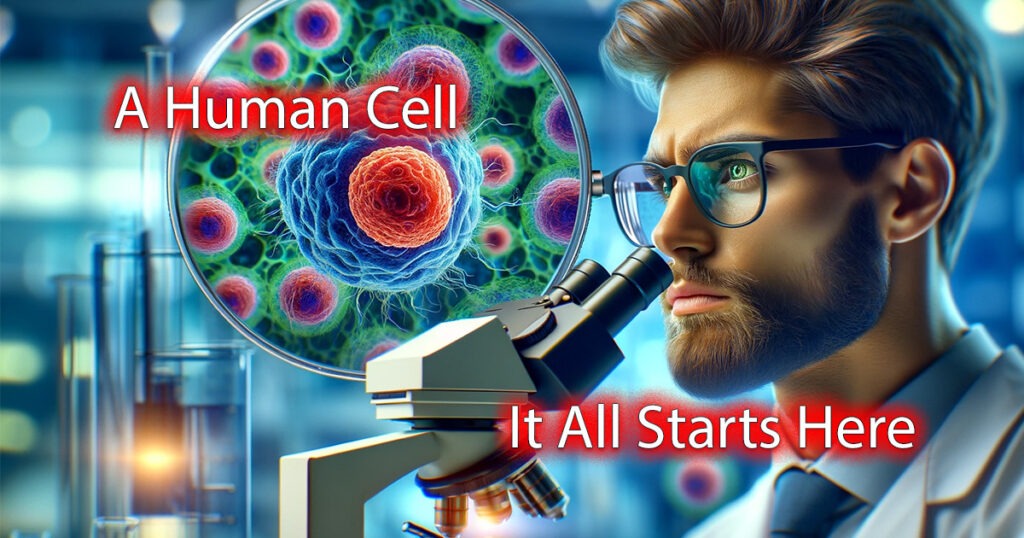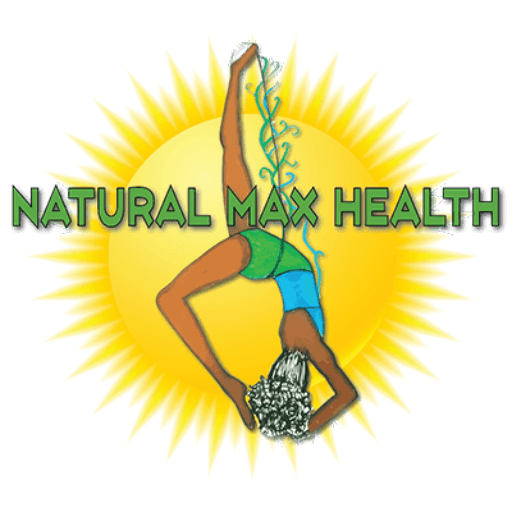The Human Cell: Understanding Your Body at the Cellular Level

At Natural Max Health, we believe the human body can heal itself from any symptom, illness, or disease, but it must first be given the right environment to do so. Furthermore, we champion the adage that prevention is the best form of healing but realize that sometimes bad things can still happen to our bodies no matter how well we care for them.
However, many illnesses and diseases are preventable if people properly understand how the body works. Armed with this knowledge, you can even aid your body’s ability to heal itself if you become ill.
Ignorance: The Obstacle to Good Health Through Healthy Eating
Many of us suffer from different symptoms, illnesses, and diseases simply because we lack knowledge of how our bodies function. We tend to overlook the significant role that food plays in our overall well-being, particularly how some foods can cause harm to our DNA and hormones right after we consume them. Furthermore, consuming alcohol can have negative effects on our mitochondria and liver. Overuse of antibiotics can also weaken our immune system, and some foods that are often touted as “superfoods,” such as spinach, can actually be toxic to us.
Note: If you missed it, check out the previous blog, “The Truth About Oxalic Acid: Is Your Diet Putting You at Risk?” to better understand food toxicity.
The list goes on and on as to how we sometimes unknowingly make ourselves sick. An old saying goes, “Knowledge is power.” This saying has never been more accurate when it comes to our health because many of us would do better if we knew better. That is not to say that we never enjoy a slice of birthday cake or have a glass of wine now and then. However, if we truly understood how toxic some things are and how they can slowly harm us at the cellular level, we would avoid them. Therefore, having a basic understanding of how your body works is a great place to start taking control of your health. This article aims to help you understand your body functions to make better lifestyle choices.
So, let’s get started on learning more about our bodies by looking at its smallest component—the cell.
Basic Anatomy & Function of a Human Cell
Cells are the basic building blocks of all living things. They are the basic structural and functional unit of the body. They are also the smallest part capable of the processes that define life, including reproduction, movement, respiration, and excretion. However, it is essential to note that not every cell has these abilities. Cells house the biological machinery that makes the proteins, chemicals, and signals responsible for keeping our bodies functional—alive.
The human body is composed of trillions of cells that vary in type, size, and shape. A cell has three main components: the cell membrane, nucleus, and cytoplasm. To comprehend cell functionality, it’s important to understand the following key terms and their definitions:
- Organelle– a subcellular structure that has one or more specific jobs to perform in the cell.
- Subcellular– contained within a cell.
- Membrane– a thin sheet of tissue or layer of cells acting as an organism’s boundary, lining, or partition.
- Eukaryotic cells– have a nucleus enclosed within the nuclear membrane and form large and complex organisms.
The cell membrane is also known as the plasma membrane. It is found in all cells and separates the interior from the outside environment. The cell membrane consists of a semipermeable lipid bilayer, allowing certain substances to pass through but prohibiting others. The cell membrane regulates the transport of materials entering and exiting the cell. Other essential functions of the cell membrane include:
- Protecting the cell
- Provides a fixed environment inside the cell
- Transporting nutrients into the cell
- Transporting toxic substances out of the cell
The nucleus has a double membrane in the middle of the cells. It contains all of the cell’s chromosomes, which encode the genetic material. This nucleus is the genetic information repository and the cell’s control center. The nucleus, one of the largest organelles, is found in eukaryotic cells. The nucleus is entirely bound by membranes and surrounded by a nuclear envelope structure. Several vital functions take place inside the nucleus, including:
- DNA replication
- Transcription
- RNA processing
The cytoplasm is between the cell membrane and the nucleus. It is a gelatinous liquid composed of water, salts, and various organic molecules that fill the inside of a cell. Within the cytoplasm lie intricate arrangements of fine fibers and hundreds or even thousands of minuscule but distinct structures called organelles. An interesting fact about the nucleus is that the membrane distinguishes the cytoplasm from the contents of the nucleus. The cytoplasm is responsible for many functions, such as:
- Breaking down waste.
- Assisting in metabolic activities.
- Lipid and protein synthesis
- Intracellular digestion of macromolecules such as lipids and proteins
- Translation, the final stage of gene expression, happens in the cytoplasm.
- The shaping of the cell
In eukaryote cells, the cytoplasm contains all of the organelles. Among such organelles are the mitochondria, the site of energy production through adenosine triphosphate synthesis (ATP). Mitochondria, often called the cell’s powerhouses, also have functions far beyond energy production. While every part of the cell is essential to life, the mitochondria play a role in every system’s disease process, including mental health and mental illness.
In my next article, we will delve deeper into the functions of the mitochondria, their impact on our health, and what you can do to keep them healthy. Moreover, in future blogs, we’ll continue to arm you with the knowledge you need to care for your body at the cellular level.
As always, I hope that you found this article helpful. If this could be helpful to someone, please share it with someone you think may be blessed by it. As always, take care of yourselves, and happy healing. See you next time.
Related Links
The Truth About Oxalic Acid: Is Your Diet Putting You at Risk?
Understanding CIRS: Clarity for Your Symptoms
Hydration Essentials: Why Water is Key to Health & Wellness
Mineral Deficiencies: The Root Cause of Human Diseases
